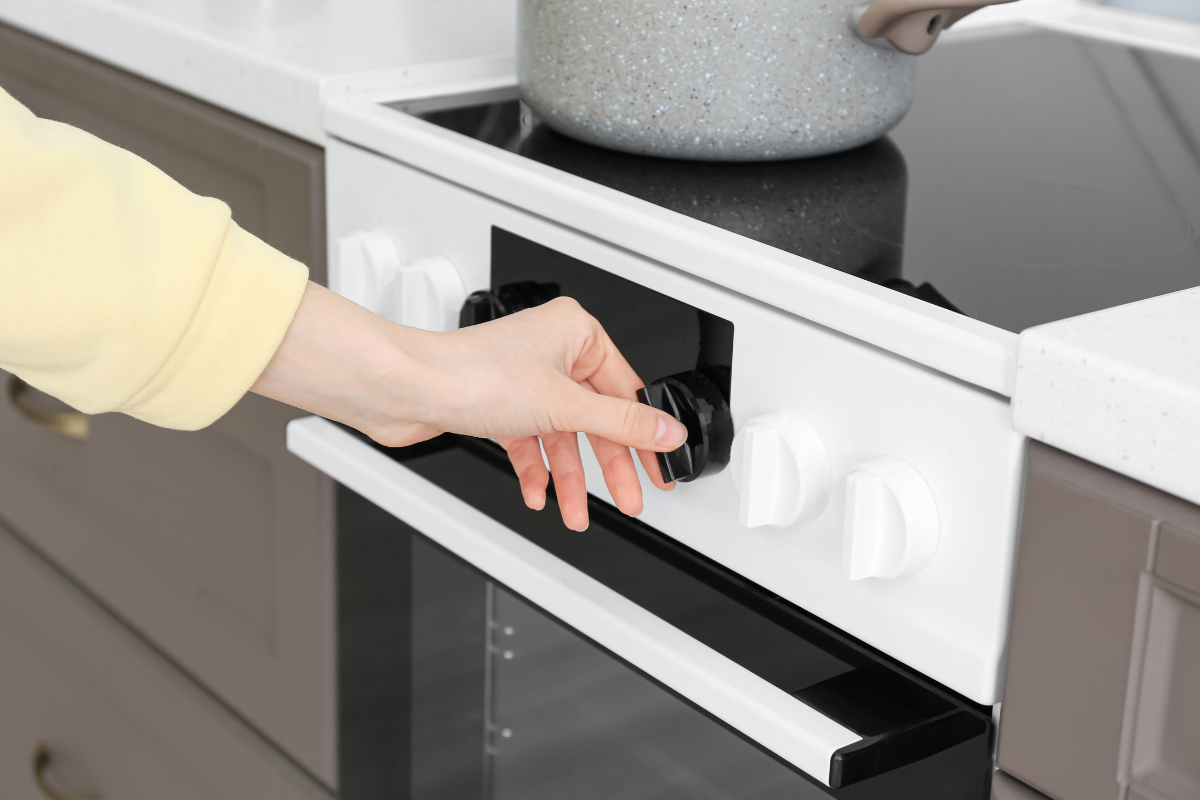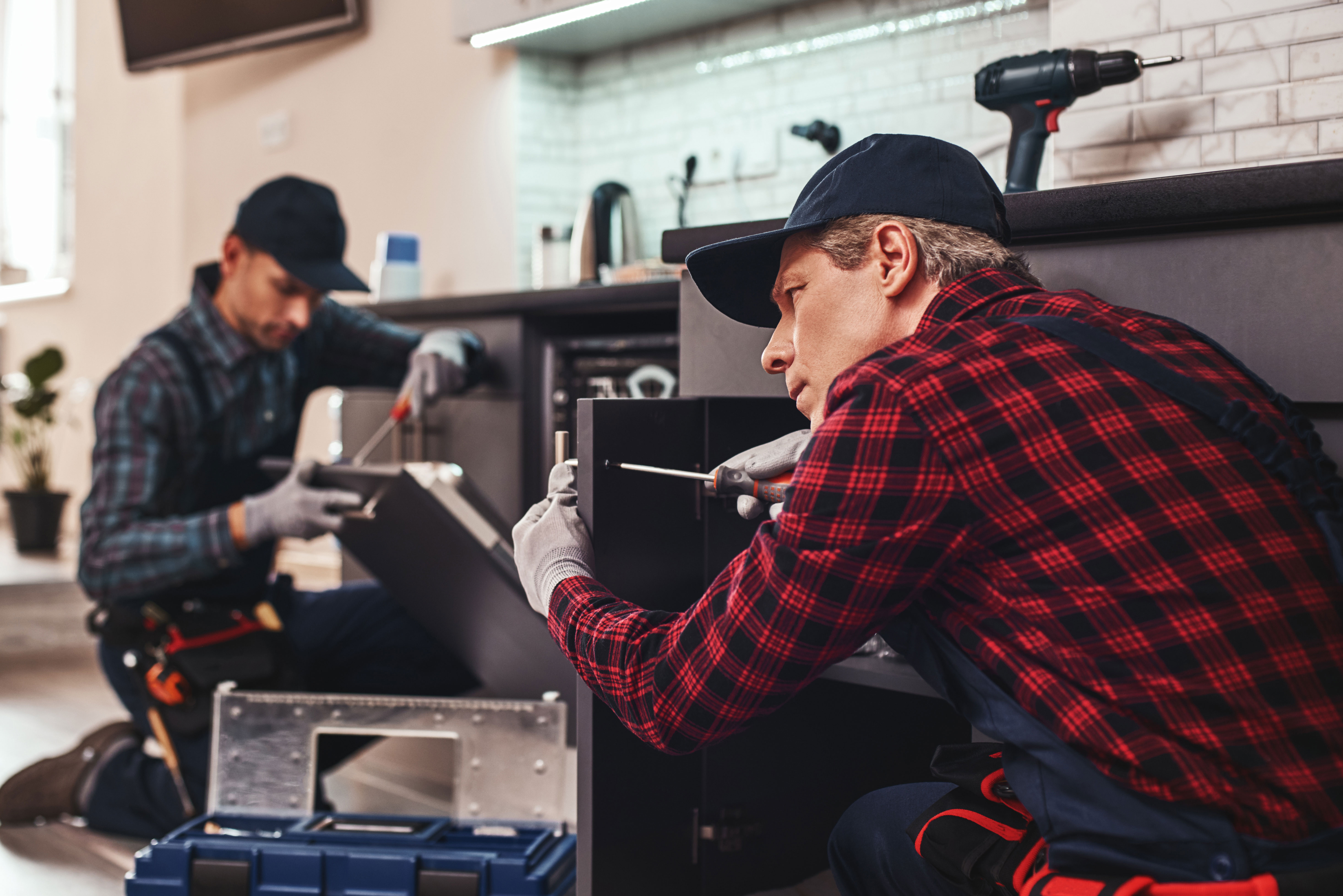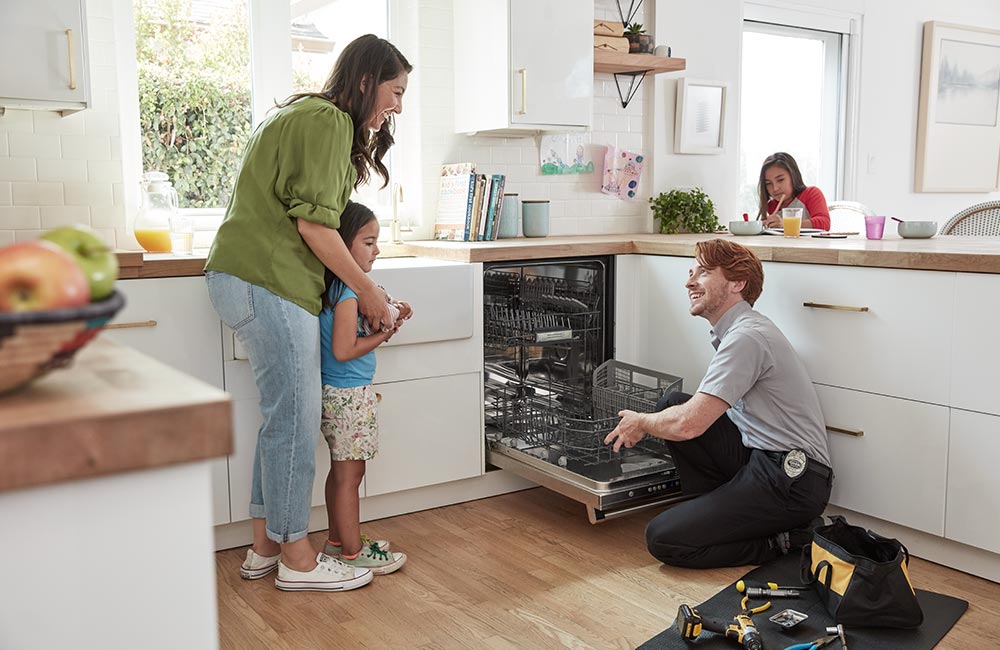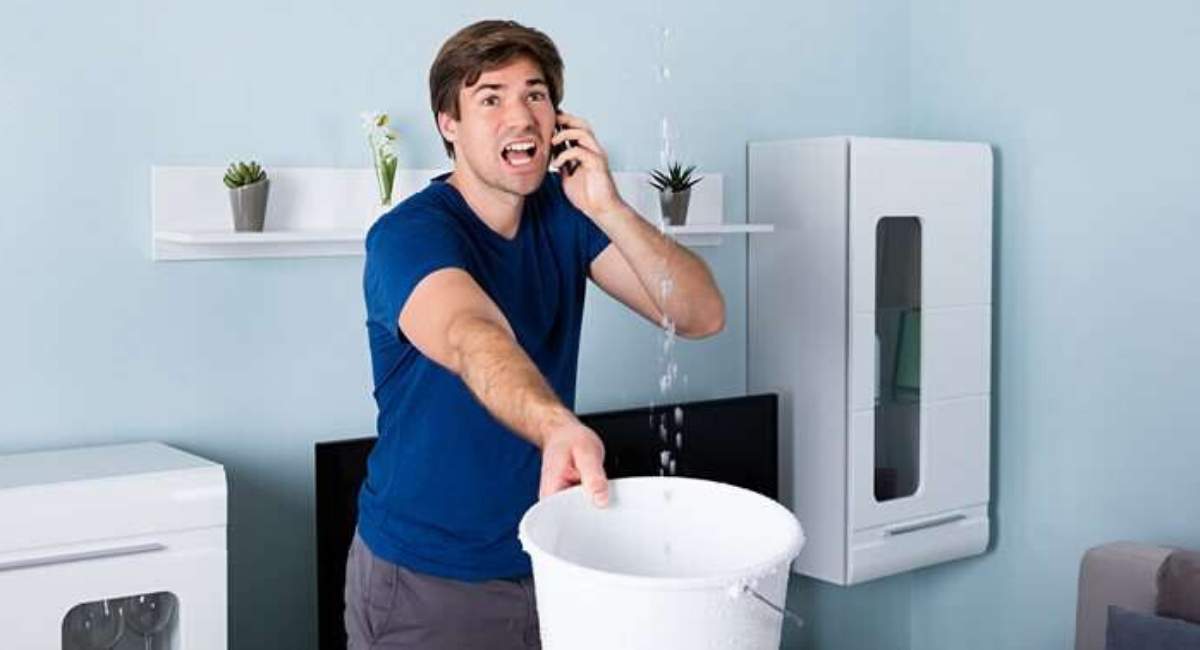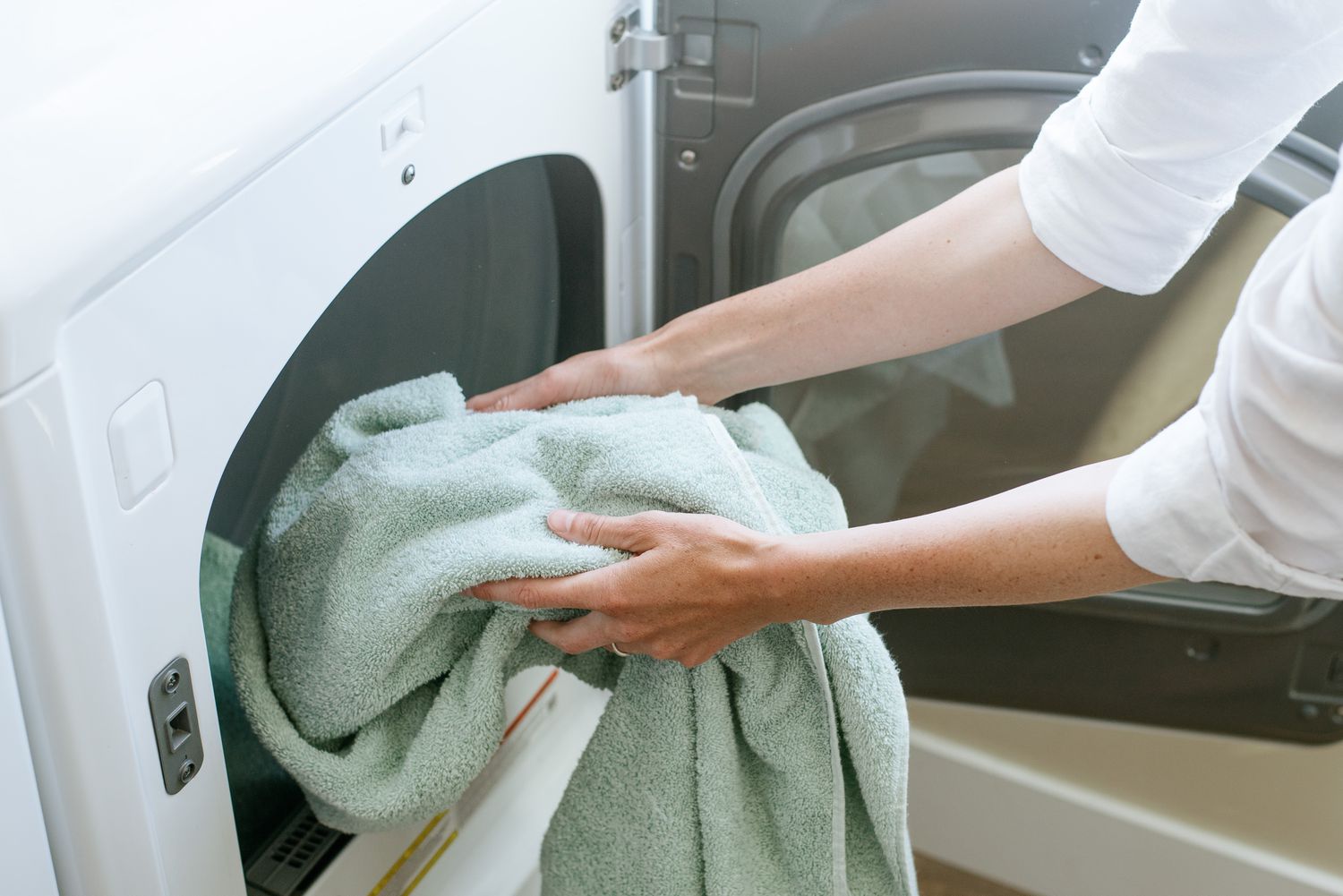How to Fix Heat Adjustment Issues in Your Stove?
Issues with the heat settings on your stove can negatively impact your daily kitchen activities and complicate your cooking experience. To resolve these problems, it is crucial to first understand the symptoms that have emerged and recognize the significance of accurate heat adjustment. Changes in your stove's performance, such as overheating or insufficient heating, can be indicators of heat adjustment issues. Precise heat control ensures that you can cook your meals perfectly and contributes to energy efficiency. In this article, you will learn how to identify and address heat adjustment issues in your stove. These steps will aid in creating a more efficient kitchen environment and help you prepare your meals to your liking.
Recognizing and Diagnosing Issues
The initial step in resolving heat adjustment problems on your stove is to accurately identify and diagnose the issues. To pinpoint your problems, it is essential to observe carefully and focus on any deviations from your stove's normal behavior.
Start by paying attention to symptoms such as overheating or insufficient heating. Is the color of the flame different from normal in gas stoves? Do the heat control knobs on electric stoves struggle longer than expected? Are the coils working properly on induction stoves?
In addition to detailed observation to identify the source of the issue, consulting user manuals can also be beneficial. User guides can provide guidance on identifying specific problems for each stove type.
You can create a simple test or checklist to diagnose issues and proceed step by step to eliminate potential problems. This approach will assist you in both identifying the issues and finding the correct solutions.
Heat Adjustment Issues and Solutions in Gas Stoves
Gas stoves are commonly used in kitchens, but over time, users may encounter challenges related to heat adjustment issues. These problems typically revolve around flame height adjustment, combustion issues, and gas pressure control.
Let's address issues related to flame height adjustment first. If your flame isn't reaching the desired level or is excessively high, the problem likely lies in the flame adjustment knob or connections. Checking and cleaning the knobs can resolve such issues. Additionally, it's crucial to monitor gas pressure and adjust it if necessary.
Combustion issues may arise when gas fails to reach the combustion chamber properly. This could be due to blockages in the gas line or dirty surfaces in the combustion chamber. Regular cleaning and maintenance can prevent such problems. Checking and cleaning burners in the combustion chamber is also an important step.
Gas pressure control is a critical factor for the proper functioning of gas stoves. If the gas pressure is too low or too high, flame control becomes compromised, leading to heat adjustment problems. Checking this condition often requires the intervention of a professional technician. In such cases, seeking assistance from an authorized service provider is the best course of action.
To resolve heat adjustment issues in gas stoves, it is crucial to accurately identify the symptoms and then determine the source of the problem. These steps are critical for a safe and efficient kitchen experience.
Heat Adjustment Issues and Solutions in Electric Stoves
Electric stoves are a widely preferred option in modern kitchens. However, over time, users may encounter concerns related to heat adjustment issues. These problems are typically associated with temperature control knobs, heating elements, and thermostats.
Temperature control knobs serve as the key to adjusting the heat in electric stoves. If the knobs are not performing as expected, the issue may lie within the knobs themselves or in the connections behind them. Cleaning the knobs or replacing them, if necessary, can resolve such an issue.
Heating elements, whether coils or plates on the stove, are responsible for generating heat accurately. If one or more heating elements are not working, this issue usually stems from a malfunction. Checking and, if necessary, replacing the heating elements can solve the problem.
The thermostat is another crucial component that controls the temperature on the stove. If the thermostat is not functioning correctly, the stove cannot achieve the desired temperature. Confirming the proper operation of the thermostat and adjusting it when necessary can contribute to resolving the issue.
The solution to heat adjustment issues in electric stoves often requires user intervention. Regular cleaning, checking connections, and replacing parts when needed are key to minimizing such problems. Additionally, carefully following user manuals and seeking professional assistance when necessary are important practices to ensure the efficient operation of your electric stoves.
Heat Adjustment Issues and Solutions in Induction Cooktops
Induction cooktops have gained popularity in kitchens due to their energy efficiency, fast cooking, and safety advantages. However, over time, users may encounter heat adjustment issues with these technological devices. These problems are typically associated with coil control, electrical connections, and sensors.
Coil control is a fundamental component that creates magnetic fields in induction cooktops. If the coils are not functioning correctly or if energy is transmitted incorrectly, heat adjustment problems may arise. Regularly checking and cleaning the coils can prevent such issues.
Electrical connections play a critical role in ensuring the proper functioning of induction cooktops. If there are issues such as looseness, corrosion, or short circuits in the connections, heat adjustment problems can occur. Checking and correcting the connections when necessary can contribute to resolving such issues.
Sensor problems involve the touch controls on induction cooktops. If the sensors are not making accurate readings or are unresponsive, heat adjustment problems may arise. Cleaning the sensors is important to ensure their proper functioning. Additionally, following the cleaning and maintenance instructions specified in the user manuals can help prevent such problems.
Regular maintenance, connection checks, and sensor cleaning are important for resolving heat adjustment issues in induction cooktops. Following the instructions provided by the manufacturer to use these devices correctly and effectively contributes to minimizing problems.
When is Expert Assistance Necessary?
Heat adjustment issues in your stove are generally simple problems that can be resolved with user intervention. However, in some situations, seeking expert assistance is crucial. Consider the following factors to identify situations where you may not be able to solve the problem on your own:
1. If, after applying basic diagnostic steps, you are unable to resolve the issue, and your appliance is still within the warranty period, it is best to contact the manufacturer or an authorized service provider. Interventions during the warranty period are typically free or have low costs.
2. Some problems, especially in gas stoves, may involve safety concerns. Situations such as gas leaks or uncontrollably high flames require an immediate call to a professional technician. In cases like these, seek expert assistance urgently.
3. If you are experiencing electrical issues with electric or induction stoves and lack technical knowledge, it is advisable to seek help from a professional electrician. Electrical problems can pose serious safety risks and may require professional intervention.
Expert assistance can be instrumental in resolving complex problems accurately and safely. If you find it challenging to determine the severity of your issue and the appropriate solution, seeking support from a professional expert is the wisest course of action.
Conclusion
The process of dealing with heat adjustment issues in your stove can significantly impact your kitchen experience positively through careful diagnosis and appropriate solutions. Firstly, it is essential to accurately identify the problems and understand the specific operational principles of your appliance.
Users can often address many problems on their own with tailored solutions for gas, electric, and induction stoves. However, in cases involving safety concerns or complex technical malfunctions, seeking expert assistance becomes crucial. For devices still within the warranty period, manufacturers or authorized services can be the first point of contact. Urgent issues like electrical problems, gas leaks, or problems beyond user intervention should be handled by a professional technician.
In conclusion, proactive and regular maintenance, along with cleaning practices, can prevent many heat adjustment issues in your stove. However, when problems become intricate or pose safety risks, seeking professional help is the wisest solution. This ensures both the efficient operation of your appliance and the creation of a safe kitchen environment.


